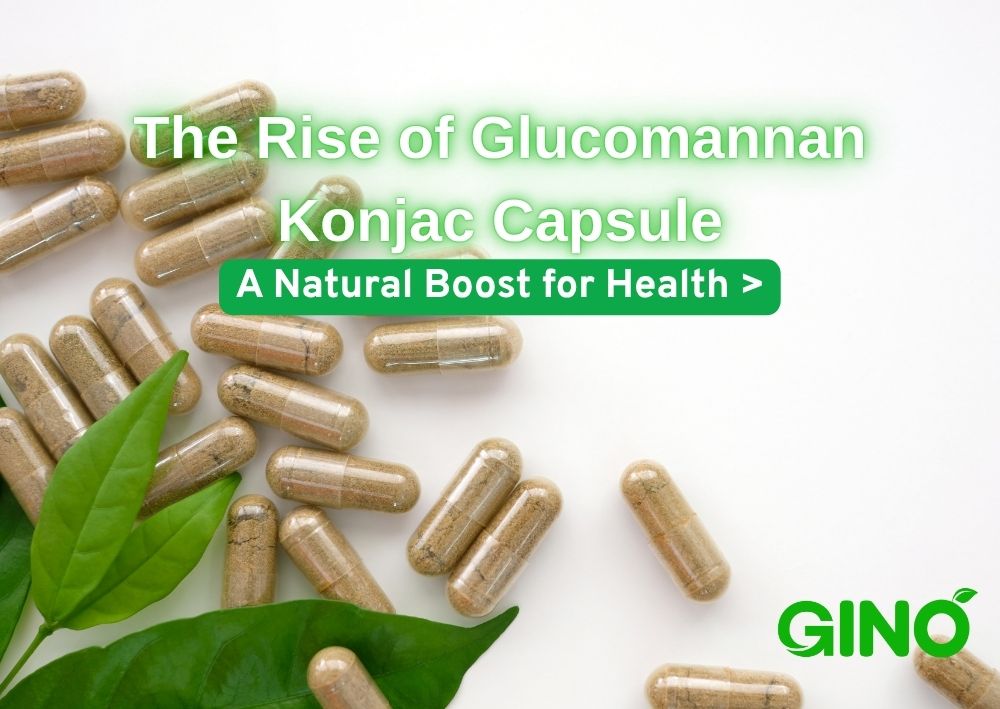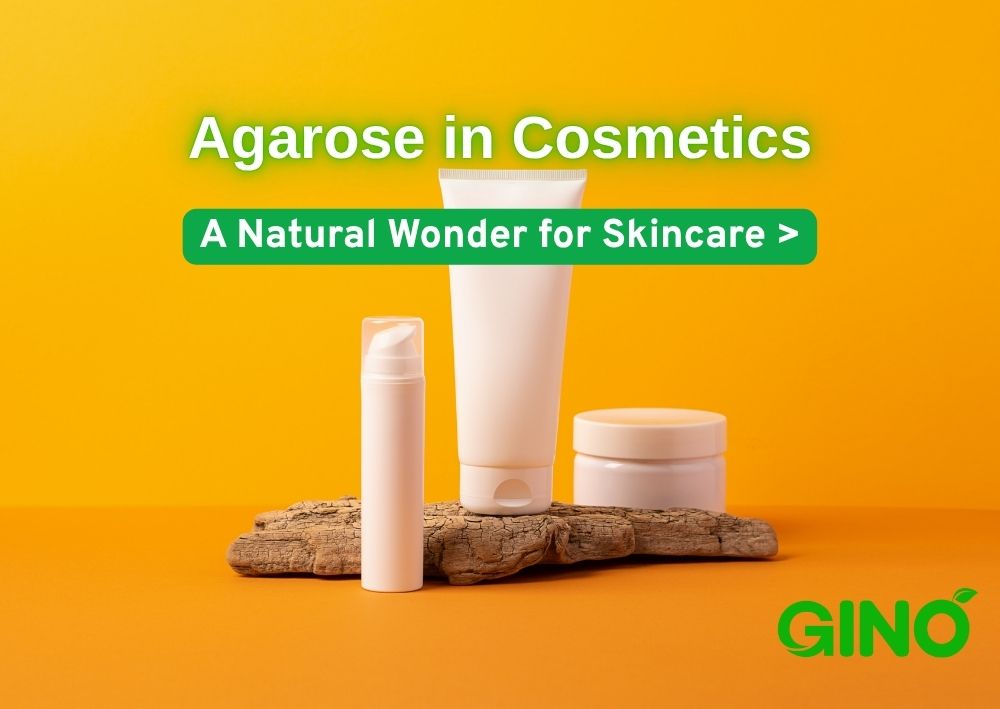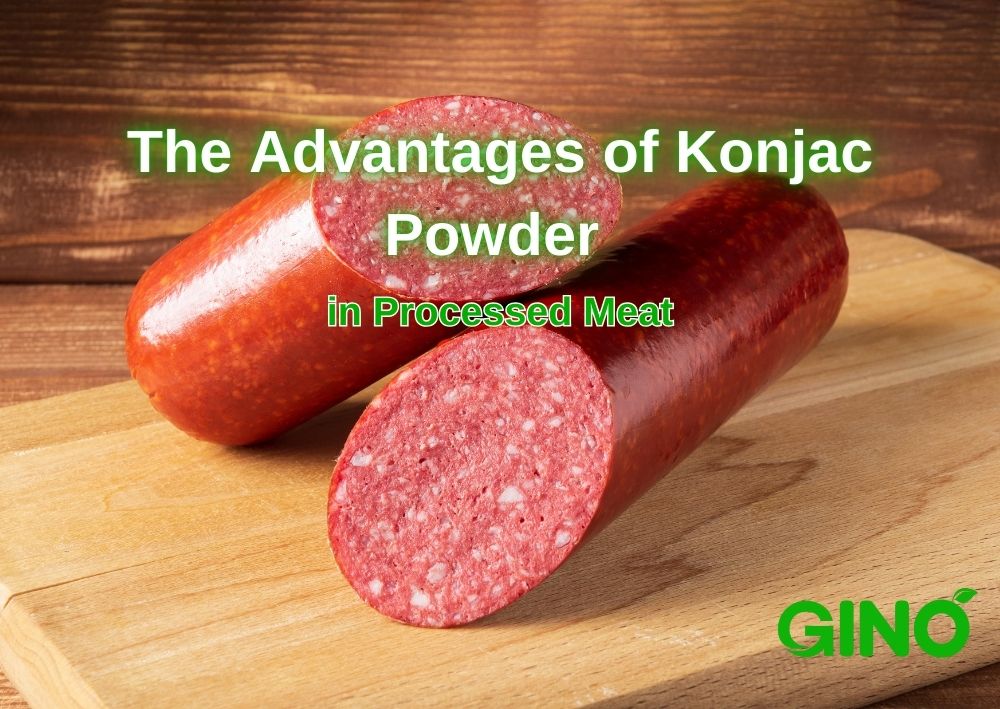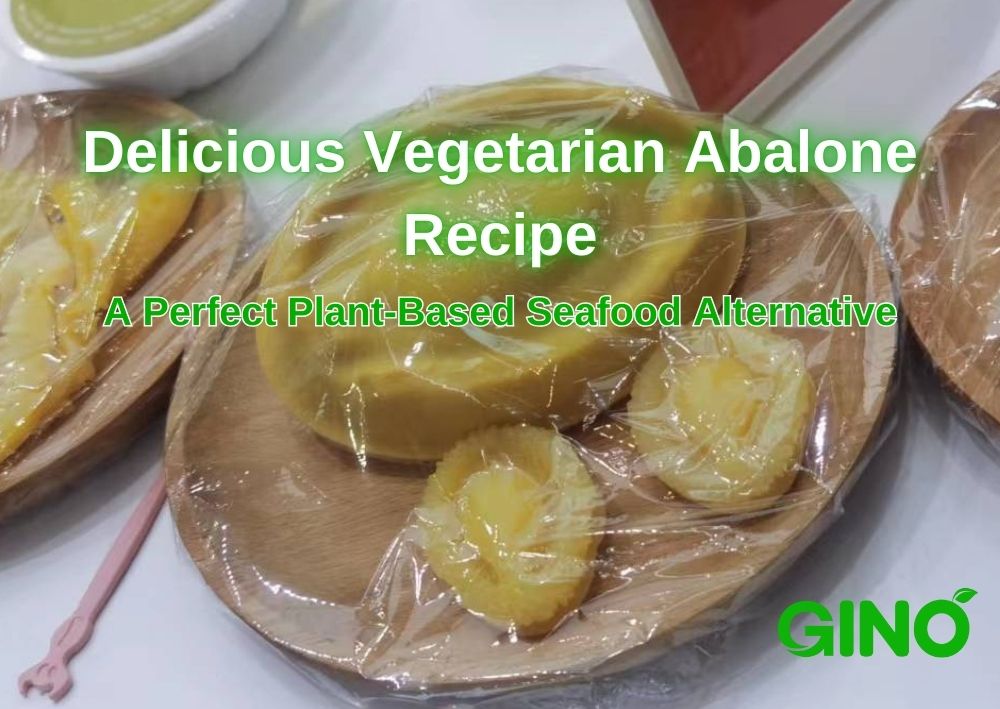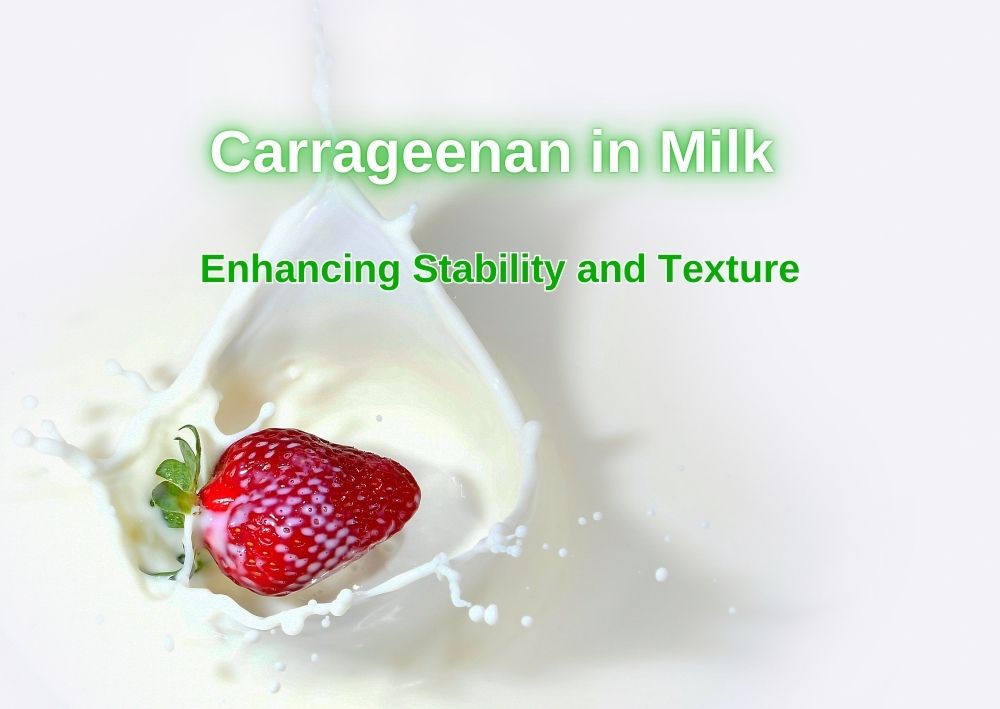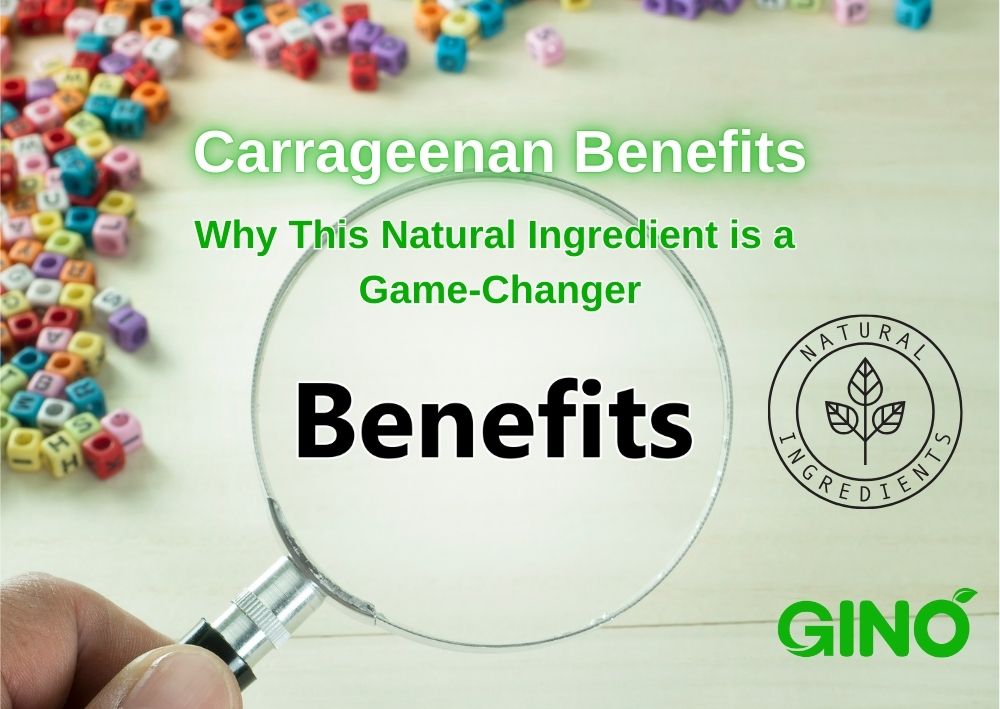
Different Types of Pectin: Choosing the Right One for Your Needs
Different Types of Pectin
Introduction
Pectin is a versatile and essential ingredient widely used in food processing, especially in the production of jams, jellies, gummies, and other gel-like products. However, when it comes to pectin, not all varieties are the same.
There are different types of pectin, and each one has unique properties that make it suitable for specific applications. This article will delve into the different types of pectin, categorized by their source, methoxyl content, and purity.
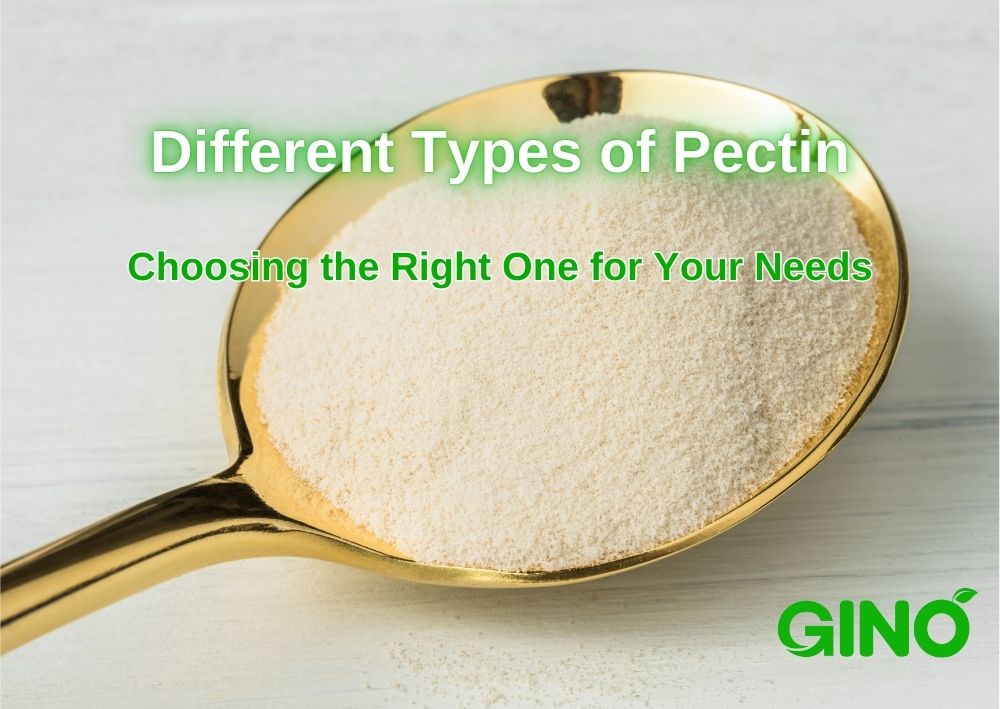
1. Types of Pectin Based on Source
The source of pectin plays a significant role in determining its properties and functionality. The two most common natural sources of pectin are citrus and apple, but pectin can also be extracted from other sources like sunflower.
Derived from the peels of citrus fruits, citrus pectin is rich in high-methoxyl pectin, making it ideal for gelling and stabilization applications. Its high purity and superior gelling ability are valued in both food and pharmaceutical industries.
Sourced from apple pomace, this type of pectin typically has a lower methoxyl content compared to citrus pectin. Apple pectin is often used for its mild gelling properties, making it a favorite for low-sugar jams and other applications where a softer gel is required.
Extracted from sunflower seeds, sunflower pectin is a low-methoxyl pectin that offers great versatility in gelling, particularly in low-sugar and acidified environments.
It forms gels effectively without the need for high sugar concentrations, making it a popular choice for health-conscious formulations such as sugar-free and organic products. Sunflower pectin is gaining attention for its plant-based appeal and sustainability.
Pectin can also be classified based on its methoxyl content, which refers to the amount of methyl ester groups present in the pectin molecules. The methoxyl content directly impacts the gelling ability and how the pectin behaves in different environments.
There are three primary categories in this regard:
High-Methoxyl Pectin (HM Pectin)
This type of pectin has a high methoxyl content, typically above 50%. High-methoxyl pectin is known for forming strong gels when combined with sugar and acid. It's commonly used in making jams, jellies, and fruit preserves.
Low-Methoxyl Pectin (LM Pectin)
This type of pectin has a lower methoxyl content (usually less than 50%). Low-methoxyl pectin does not require a high sugar concentration to form a gel, which makes it ideal for low-sugar products or those with high levels of calcium. It’s also used in dairy products and some beverages.
Low-Methoxyl Amidated Pectin (LMA Pectin)
This is a variation of low-methoxyl pectin where amide groups are introduced to improve the gel strength and stability. This type is often used in applications where stronger gels are needed, such as in gummies or other confections.
Another key factor in classifying pectin is its purity level. Pectin can range from 100% pure to standardized or sugar-free versions, each serving a specific purpose in food processing.
This is pectin in its most natural and unmodified form. It offers the best gelling properties and is often used in premium food & pharmaceutical products that require a high level of purity.
Standardized Pectin
This type of pectin has been modified or standardized to achieve a consistent gelling strength, making it ideal for large-scale production where uniformity is crucial. It is commonly used in commercial applications like fruit preserves and jelly production.
Often used in sugar-free and low-calorie food products, this version of pectin is standardized with sugar substitutes like maltitol or xylitol to produce a gel without relying on sugar content. It is perfect for consumers looking for health-conscious alternatives.
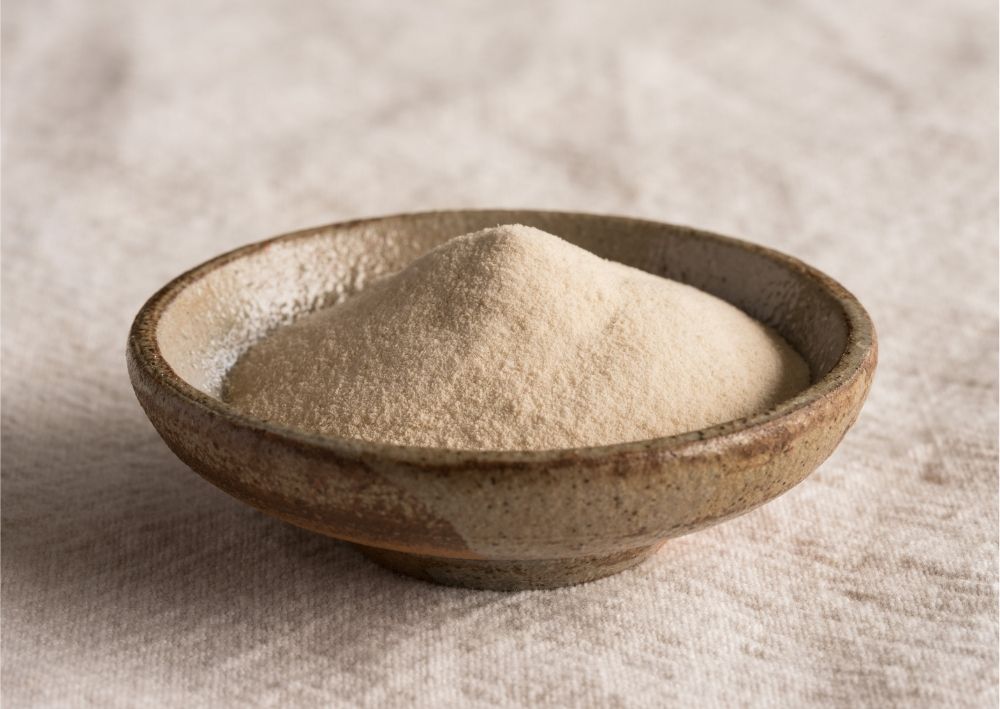
Conclusion
The types of pectin vary widely based on their source, methoxyl content, and purity, each offering unique properties suited to different applications.
Whether you need a high-methoxyl citrus pectin for a strong gel, low-methoxyl apple pectin for a low-sugar formula, or sunflower pectin for a plant-based, low-sugar solution, there’s a type of pectin that will meet your needs.
When selecting pectin for your food product, it’s important to consider the specific characteristics of the different types of pectin to ensure the best result. By understanding the nuances between these types, you can achieve the ideal texture and consistency for your product.
Looking for high-quality pectin for your products?
Explore our range of premium pectin options, including citrus, apple, and sunflower pectin, and let us help you create the perfect gel with the right type of pectin for your needs! Contact us today for more details.
Contact us

